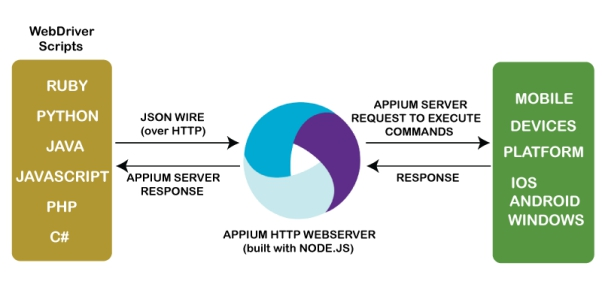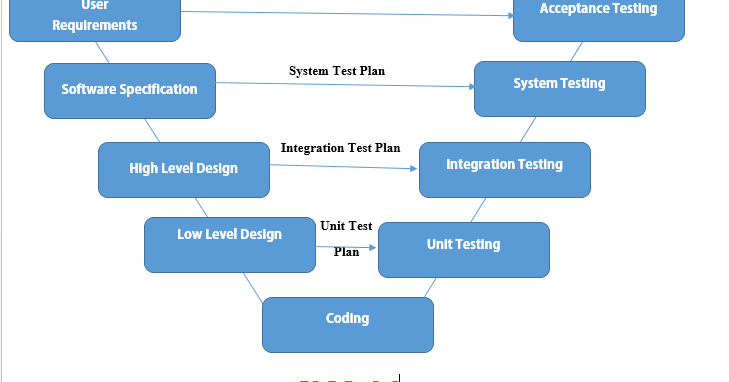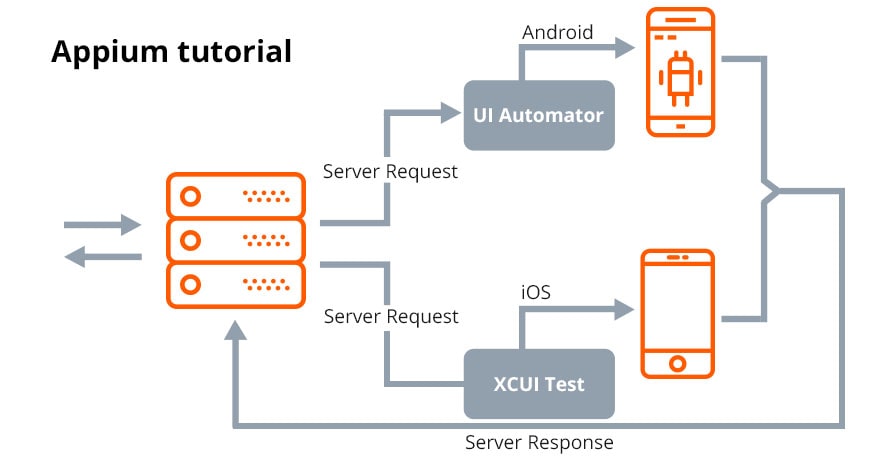

It is important to note here that Appium server is written in Node.js. It facilitates communication between client and a mobile device. Just like Selenium server in Selenium RC, Appium essentially is a server at its very core. Server: If you have ever used Selenium RC before, you’ll find that Appium works in a similar line. So at this point, it would be important for us to understand what is client and what is server in its design. Appium follows a client/server architecture. Probably the most important aspect of Appium architecture is its client/server nature. While its architecture is fairly straight forward, we have made its illustration as detailed as possible for you to understand it thoroughly. Understanding Appium architecture in this Appium tutorial will help us grasp a lot of important concepts. So, let’s start by understanding Appium architecture first. Now from here, we can start exploring the actual technology side of Appium. Until now in this Appium tutorial, we have got a good idea about Appium basics. Truly open source in spirit and in practice! Appium is freely available and users can freely modify it as per their requirements.

A mobile automation framework should be open source, in spirit and practice as well as in name!This philosophy is obvious.So, it doesn’t reinvent the wheel by introducing the entirely new API. A mobile automation framework shouldn’t reinvent the wheel when it comes to automation APIsAppium uses WebDriver API, which is pretty well known among automation testers already.Users need not learn any new language/framework to use it. You shouldn’t be locked into a specific language or framework to write and run your testsAppium allows writing tests in Ruby, Python, Java, Node.js, Objective-C, PHP and C#.Therefore, we don’t need to recompile or modify our app. You shouldn’t have to recompile your app or modify it in any way in order to automate itAs we saw earlier in this Appium tutorial, Appium does not require any extra agent in application code.Let’s check out each of these and see how Appium follows them.

But there’s no such requirement for Appium! This essentially means you will be testing the same app which you are going to submit in app stores.Īdditionally, Appium is built according to philosophy which follows below 4 tenets. Other mobile automation tools such as Calabash and Frank requires an extra agent compiled with the app code. That means we don’t need access to our application code.
#Appium tutorial code#
This results in a large amount of code reuse between different test suites.Īnother cool feature of Appium is its ability to automate without recompiling the app.
#Appium tutorial for android#
That means you can write your test for Android platform and use that same test for iOS or Windows Phone! The underlying API remains same. It lets us write tests for multiple platforms (iOS, Android, and Windows Phone), using the same API. However, the real beauty of Appium lies in its ‘cross-platform’ support. Using Appium, we can automate iOS, Android and Windows Phone apps on both emulator/simulator and on physical mobile devices. It allows automation of native, mobile web and hybrid mobile applications. To put it simply, Appium is an open-source tool for mobile automation. Let’s get down to business and start this Appium tutorial with an introduction to Appium. In any case, if Appium is something that interests you, you will find this Appium tutorial useful. Although, experienced users will also find it a great refresher. The target audience of this Appium tutorial is complete beginners. In this article, we will try to cover every aspect of Appium that a user starting from scratch would find interesting. So why not start learning it right now with this detailed Appium tutorial? Sounds exciting, right? Let’s start then, with our first step towards Appium journey. No doubt learning it would make our mobile testing life a whole lot easier. It’s flexible, scalable, feature rich and immensely helpful. While there are many tools available for mobile automation right now, Appium is one of the most widely used among them. And that is to leverage automation using mobile automation tools. And due to this, there are chances that a tester would get bogged down by the repetitive nature of this task. Now, since mobile testing involves testing on a lot of different devices and platforms, it can become tedious quickly.
#Appium tutorial software#
Needless to say, with all these inroads of mobile technology, all software testers have a daunting task at their hand. As per statistics, iOS and Android app stores each contain close to 2 million apps! Additionally, majority of web applications are responsive nowadays, allowing mobile users to enjoy seamless browsing experience on their mobile devices. There is a mobile app out there for possibly everything you can imagine.


 0 kommentar(er)
0 kommentar(er)
